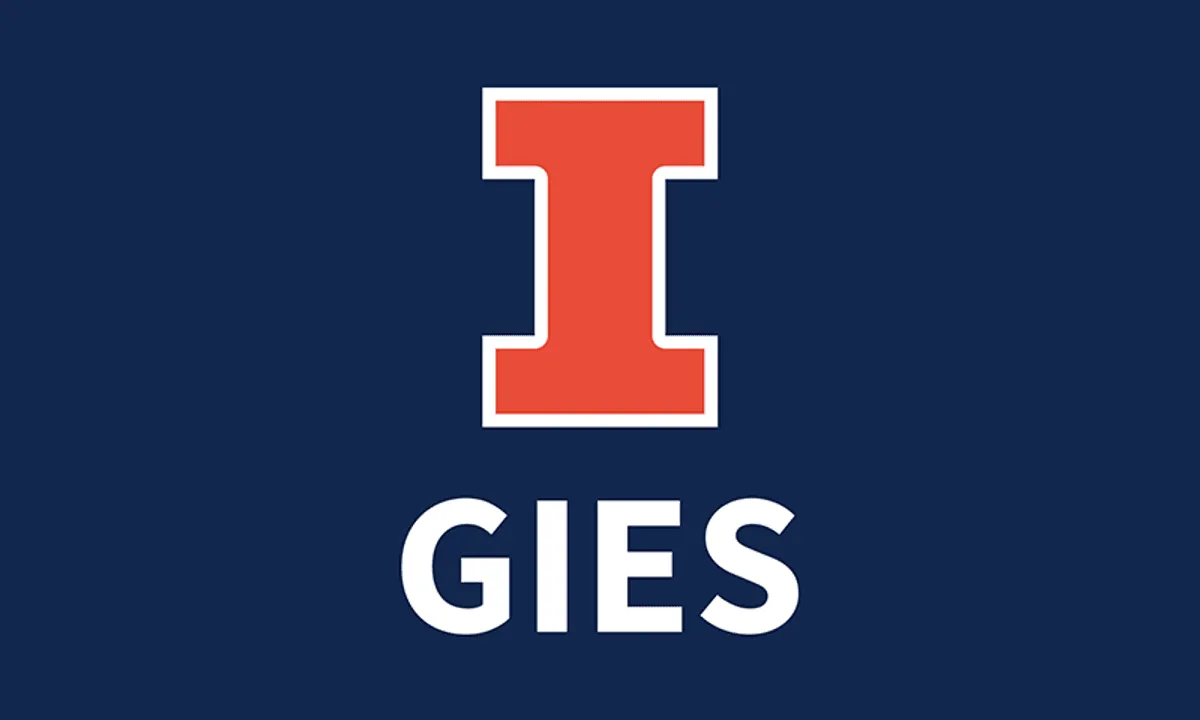
Sign Language Science: Emergence and Evolution of Sign Language 
This course examines the emergence and evolution of sign language, beginning with the key events and concepts. It explores how people learn signed languages, why they enjoy using them, and how they have evolved over time. It also looks at the various forms of sign language, their cultural significance, and their impact on society. ▼
ADVERTISEMENT
Course Feature
![]() Cost:
Cost:
Free
![]() Provider:
Provider:
Edx
![]() Certificate:
Certificate:
Paid Certification
![]() Language:
Language:
English
![]() Start Date:
Start Date:
Self paced
Course Overview
❗The content presented here is sourced directly from Edx platform. For comprehensive course details, including enrollment information, simply click on the 'Go to class' link on our website.
Updated in [March 06th, 2023]
The course, Emergence and Evolution of Sign Language, provides an overview of the history and development of American Sign Language (ASL). Students will explore the key events and concepts that have shaped the language, as well as the ways in which it is learned and used. The course will also discuss the relationship between language, learning, and the formation of a language community. Additionally, the course will provide an understanding of how language survives and why it varies. Through lectures, discussions, and activities, students will gain a comprehensive understanding of the emergence and evolution of sign language.
[Applications]
The application of this course can be seen in the field of linguistics, as well as in the field of education. In linguistics, the course can be used to gain a better understanding of the emergence and evolution of sign language, and how it has been used in different contexts. In education, the course can be used to inform the teaching of sign language, as well as to provide a better understanding of the language and its use in different contexts. Additionally, the course can be used to inform the development of sign language resources, such as dictionaries and other materials, which can be used to help people learn sign language.
[Career Paths]
1. Sign Language Interpreter: Sign language interpreters are responsible for translating spoken language into sign language and vice versa. They must be fluent in both languages and have a deep understanding of the culture and context of the language. As sign language becomes more widely accepted and used, the demand for interpreters is increasing.
2. Sign Language Teacher: Sign language teachers are responsible for teaching sign language to students of all ages. They must be knowledgeable in the language and have the ability to effectively communicate with their students. As sign language becomes more widely accepted, the demand for teachers is increasing.
3. Sign Language Researcher: Sign language researchers are responsible for studying the language and its development. They must have a deep understanding of the language and its history, as well as the ability to analyze and interpret data. As sign language becomes more widely accepted, the demand for researchers is increasing.
4. Sign Language Advocate: Sign language advocates are responsible for advocating for the rights of sign language users. They must be knowledgeable in the language and have the ability to effectively communicate with the public. As sign language becomes more widely accepted, the demand for advocates is increasing.
[Education Paths]
1. Bachelor's Degree in Sign Language Interpreting: A Bachelor's Degree in Sign Language Interpreting is a great way to gain a comprehensive understanding of sign language and its use in various contexts. This degree program typically includes courses in linguistics, language acquisition, and interpreting. Students will also learn about the history and development of sign language, as well as the various dialects and regional variations. Additionally, students will gain an understanding of the legal and ethical considerations of sign language interpreting. This degree is becoming increasingly popular as the demand for sign language interpreters continues to grow.
2. Master's Degree in Sign Language Studies: A Master's Degree in Sign Language Studies is a great way to gain a deeper understanding of sign language and its use in various contexts. This degree program typically includes courses in linguistics, language acquisition, and interpreting. Students will also learn about the history and development of sign language, as well as the various dialects and regional variations. Additionally, students will gain an understanding of the legal and ethical considerations of sign language interpreting. This degree is becoming increasingly popular as the demand for sign language interpreters continues to grow.
3. Doctoral Degree in Sign Language Studies: A Doctoral Degree in Sign Language Studies is the highest level of education available in the field. This degree program typically includes courses in linguistics, language acquisition, and interpreting. Students will also learn about the history and development of sign language, as well as the various dialects and regional variations. Additionally, students will gain an understanding of the legal and ethical considerations of sign language interpreting. This degree is becoming increasingly popular as the demand for sign language interpreters continues to grow.
4. Certificate in Sign Language Interpreting: A Certificate in Sign Language Interpreting is a great way to gain a basic understanding of sign language and its use in various contexts. This certificate program typically includes courses in linguistics, language acquisition, and interpreting. Students will also learn about the history and development of sign language, as well as the various dialects and regional variations. Additionally, students will gain an understanding of the legal and ethical considerations of sign language interpreting. This certificate is becoming increasingly popular as the demand for sign language interpreters continues to grow.
Course Provider

Provider Edx's Stats at AZClass
Sign language science is an important field of research on the origin and evolution of sign language. Sign Language Science: Emergence and Evolution of Sign Language provides an overview of the history, development, and use of sign language in communication. Learners will learn about the key events and concepts that influenced the development of sign language, how people use language, how it is learned, and how relationships between language communities are formed and maintained. The course will also explore the various ways in which sign language is used in communication and how sign language has evolved over time. Additionally, learners will understand the importance of sign language in education and how sign language can be used to support learning and communication.
Discussion and Reviews
0.0 (Based on 0 reviews)
Explore Similar Online Courses

The Digital Marketing Revolution

Free Joomla Tutorial - Joomla 3 - The Basics

Python for Informatics: Exploring Information

Social Network Analysis

Introduction to Systematic Review and Meta-Analysis

The Analytics Edge

DCO042 - Python For Informatics

Causal Diagrams: Draw Your Assumptions Before Your Conclusions

Whole genome sequencing of bacterial genomes - tools and applications

Learn & Master Sign Language

Indian Sign Language and Sign Quiz


Start your review of Sign Language Science: Emergence and Evolution of Sign Language